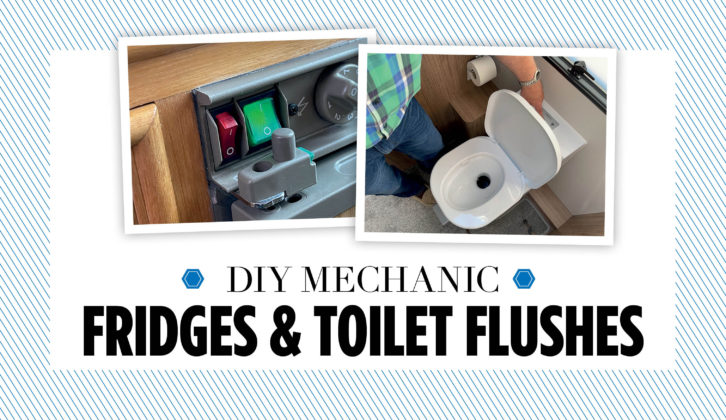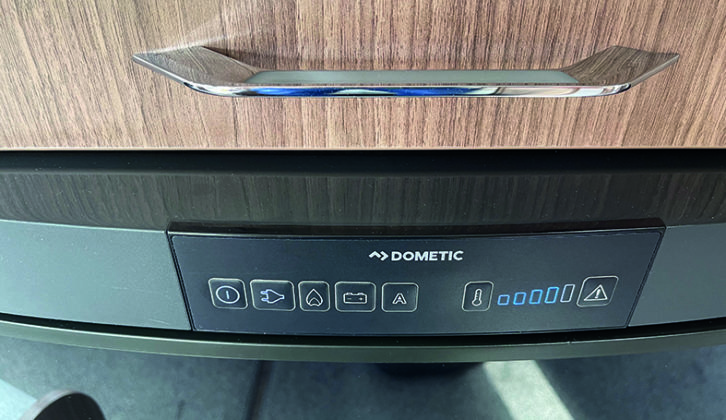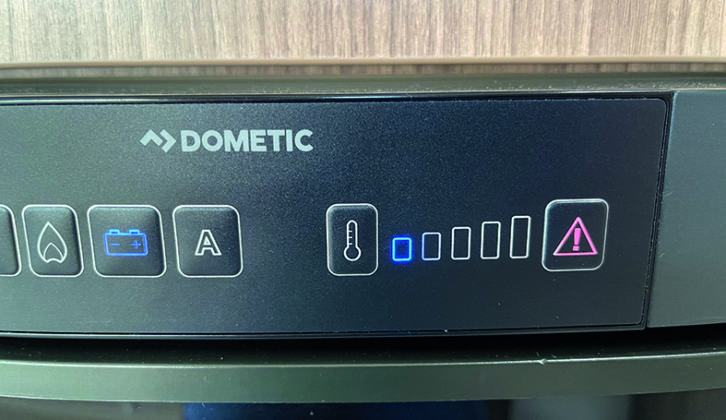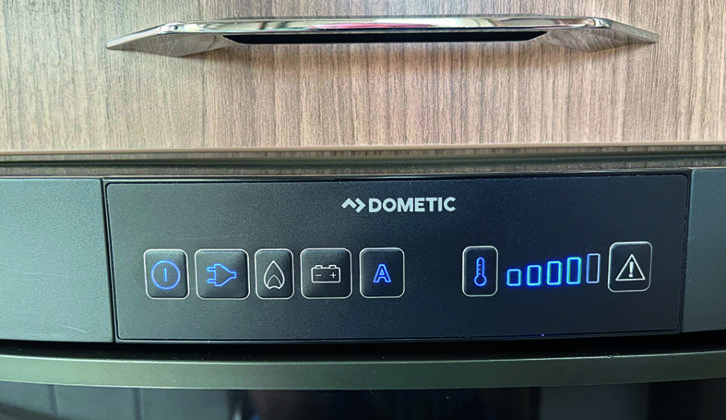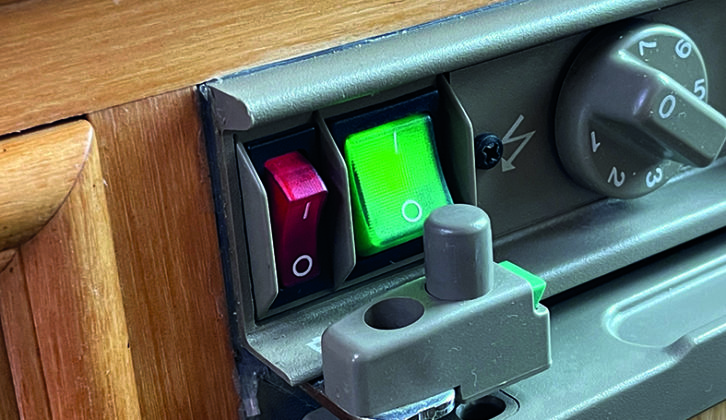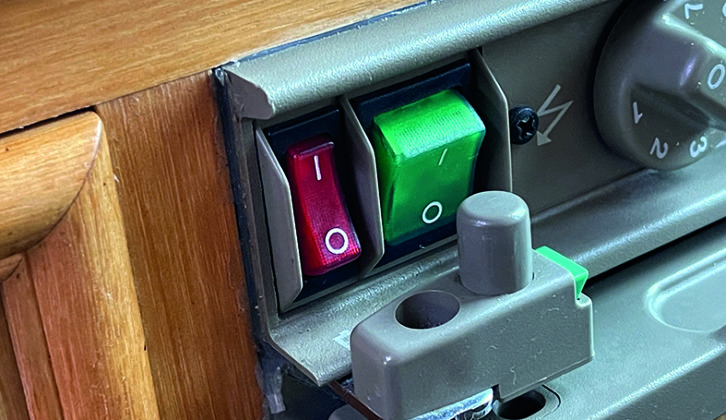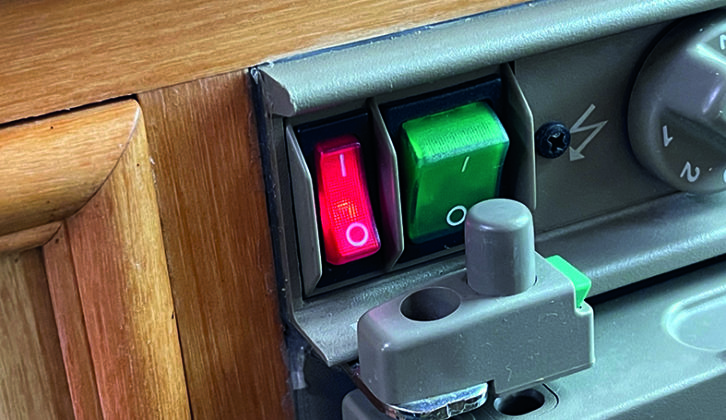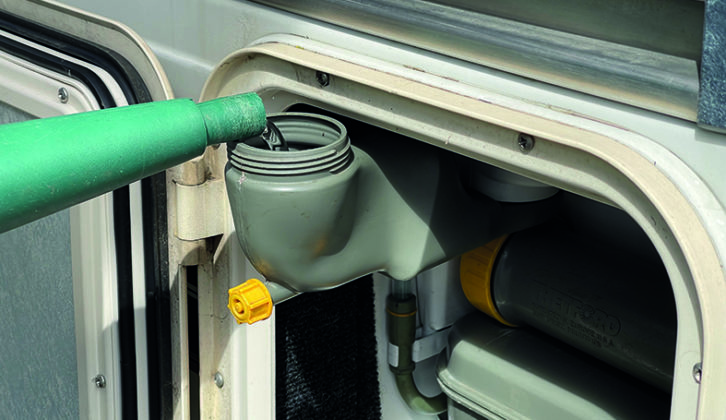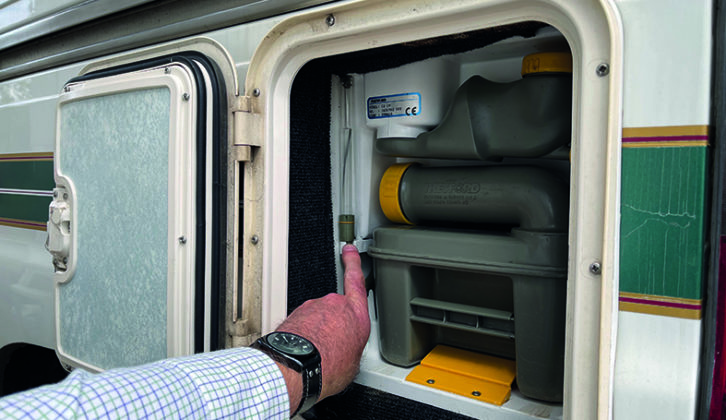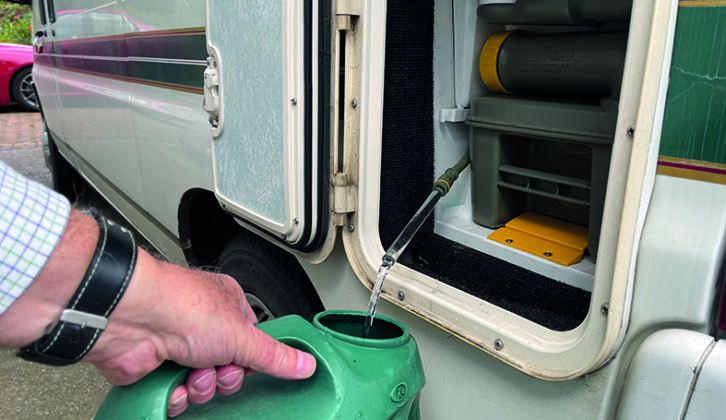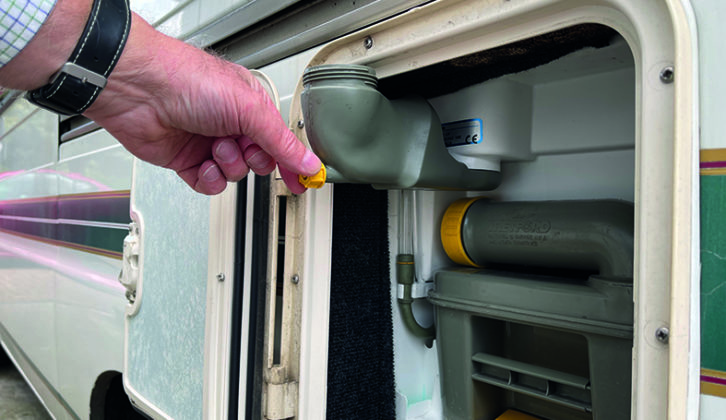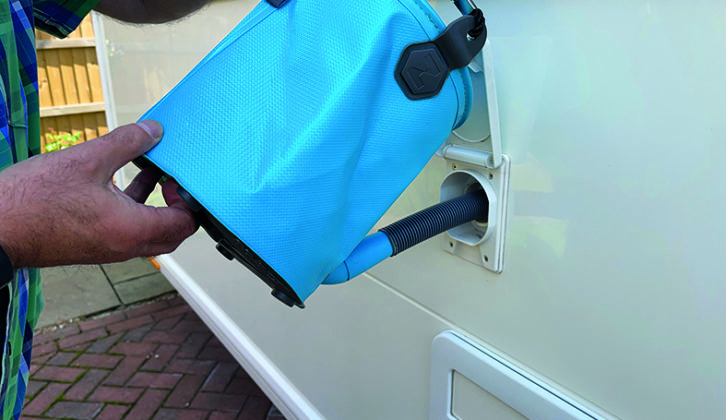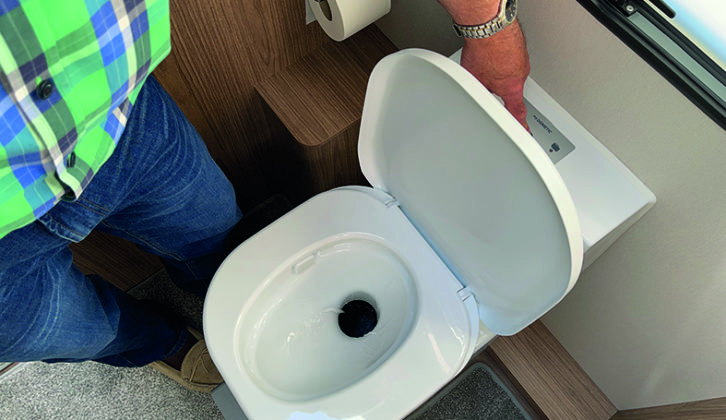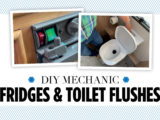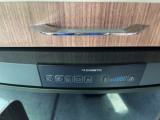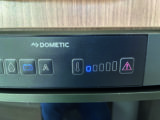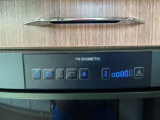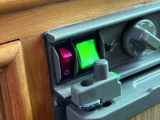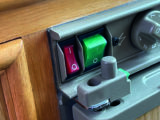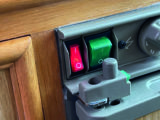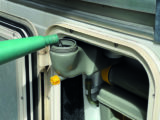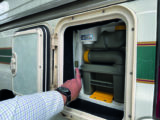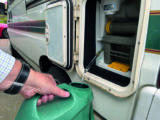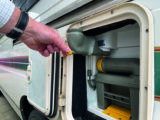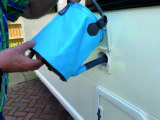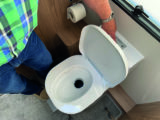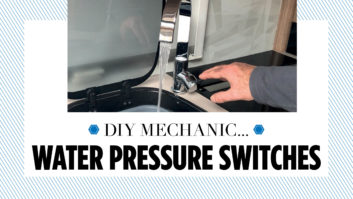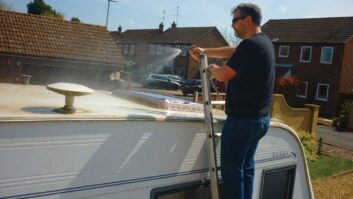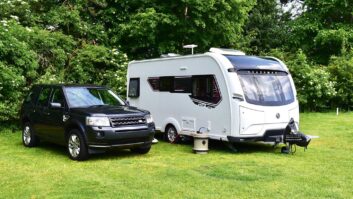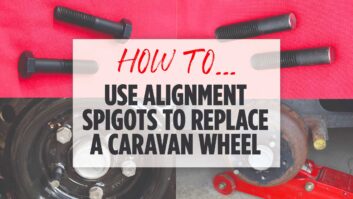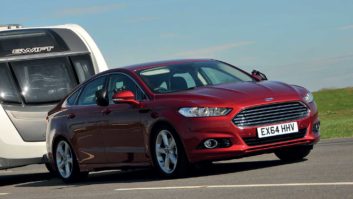Fridges and toilet flushes – two things you wouldn’t usually mention in the same sentence. However, they’re two subjects that regularly raise questions, especially from those who are new to caravanning.
More specifically, the options for powering your fridge, and whether you can travel with flush water in the tank and how you empty that tank.
If we start with fridges, one of the most common things I hear is people thinking they have a problem because their fridge won’t run on 12V.
Sadly, social media sources aren’t that helpful, because they often suggest there is a fault, despite most people saying that there isn’t. It’s no wonder newbies are left feeling totally confused and bewildered!
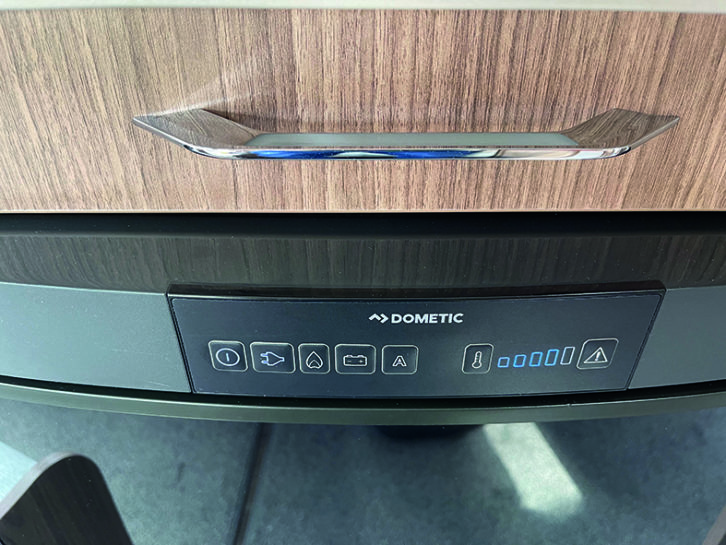
Most caravan fridges have three options for powering: gas, 230V mains electricity or 12V. Each can be selected from the control panel on the front of the fridge; some also have an Automatic function, whereby the fridge selects the most appropriate power source.
Let’s look at each setting and when to use it, including the Automatic option.
Gas cooling
Starting with gas, the fridge is cooled using gas from your cylinder, but you’ll also need a 12V battery to be connected, to control the ignition of the gas, and the controls. This is normally the caravan’s leisure battery. Being able to power the fridge by gas is handy if you tour off-grid (for example, if you’re on a site that doesn’t have electric hook-ups).
In fact, experience tells me that fridges oft4en work better when powered by gas.
Electricity
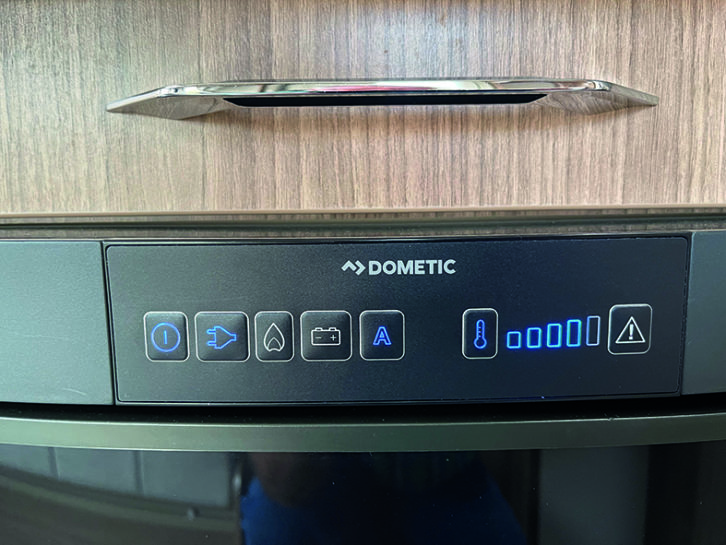
Moving on to 230V mains electricity, this is the setting to use if you’re on a campsite that has hook-up. You will still need the 12V supply from the battery for the control panel, but cooling of the fridge is via the mains supply.
However, we have been on campsites where occasionally, the demand for electricity has been high and the fridge has been beeping at us or showing a fault. This hasn’t been a fault with the fridge, but simply that the site’s supply can’t meet the demand. The cure for this is to turn over to gas.
Finally, we have the 12V or battery setting. It’s important to note that your fridge will not work using this setting. It’s not meant to, and never will, unless your van is connected to your car with the engine running.
Even then, with modern smart charging systems, it might not work all of the time.
This setting is intended to keep the fridge cool while you are travelling. If they can, most experienced caravaners will cool the fridge using gas or 230V for a day or so before they leave home, and switch to 12V when they attach the caravan to their tow car.
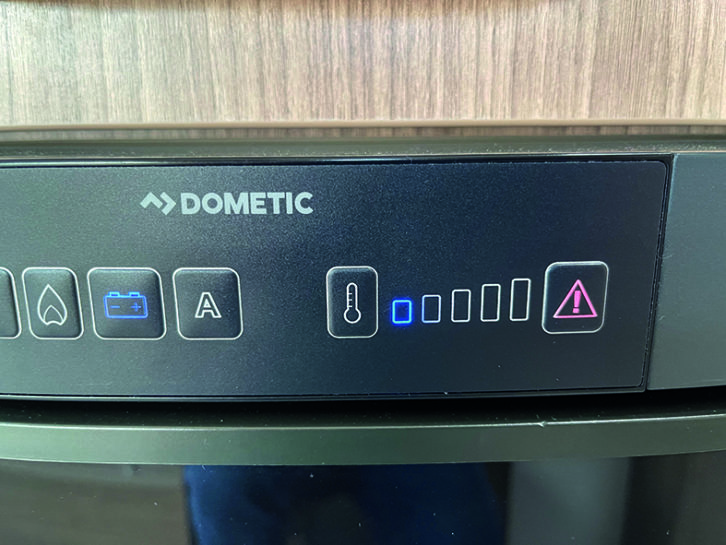
Again, if you try switching your fridge to 12V without it being attached to the car (with the engine running), you’ll get all kinds of warning sounds and flashing lights. In the case of older models, you’ll simply get nothing at all happening.
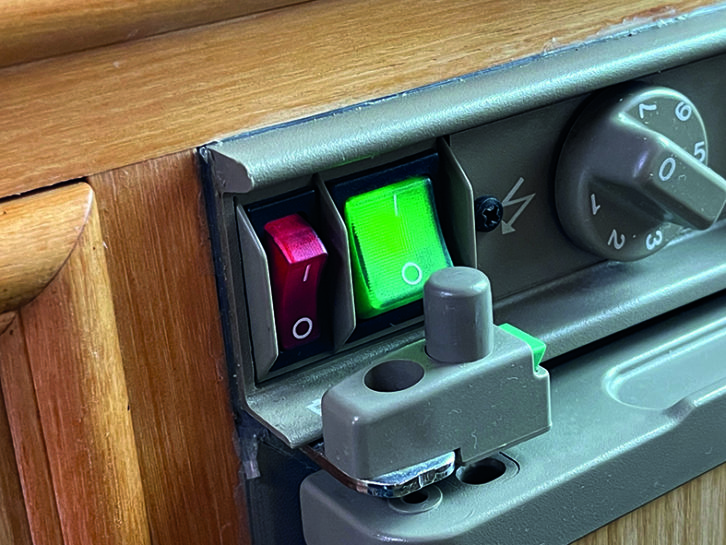
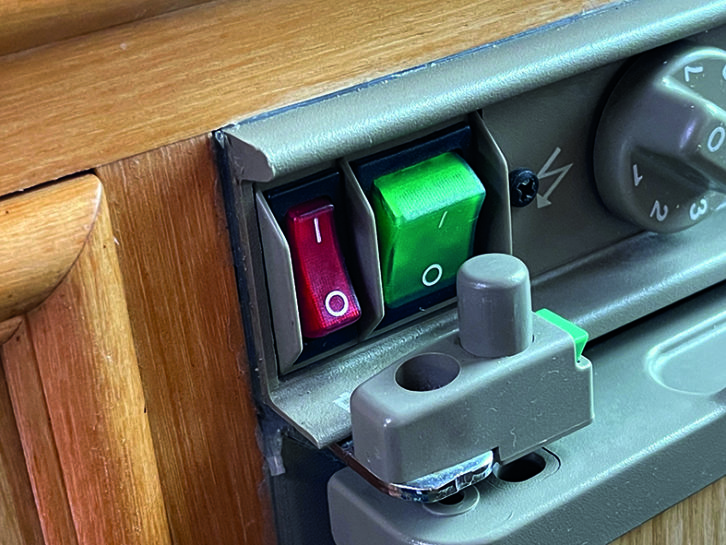
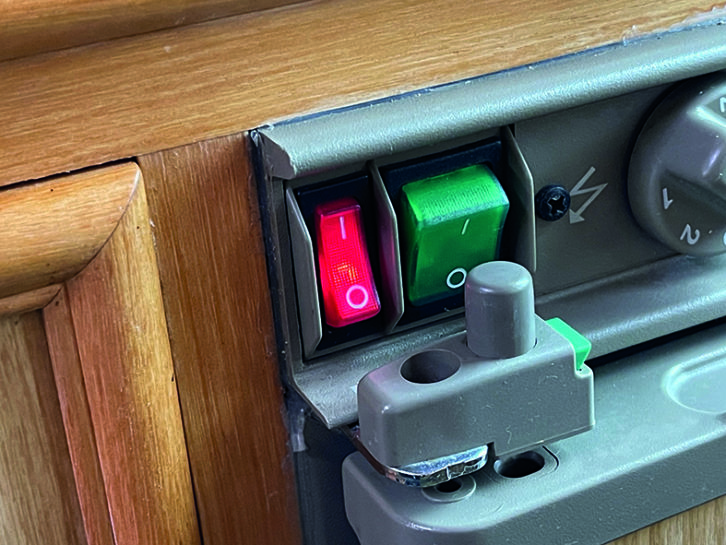
This is where most people have the problem. I will repeat, the fridge will not work on the caravan’s 12V battery alone!
The Automatic setting found on some fridges can be handy, as the fridge selects the most appropriate supply itself.
In the case mentioned above, where the site’s electricity supply couldn’t meet demand, the fridge switched to gas.
It will make a similar choice if the gas is turned off, the hook-up is disconnected and you hitch to the car (with the engine running) – then 12V will be selected.
Toilet flushes
I’m often asked whether you can travel with toilet flush water in the tank. The simple answer is yes, you can – with provisos.
I wouldn’t recommend having the flush tank full for a journey, but a litre or so of water should be fine and will be enough for emergencies. In addition, just in case there is a problem, I’d suggest that you don’t put any additives into the flush water.
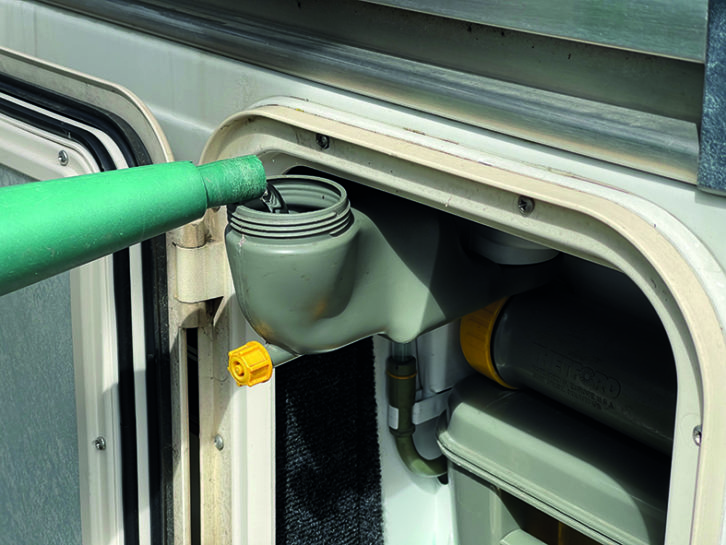
Should a leak develop in the flushing system, at least it will only be plain water spilling on the floor and carpets!
If you do use additives, add them when you top up the tank at your destination.
Several years ago, I took part in the Bailey Caravans Arctic Adventure expedition, when necessity dictated that we had to travel with water in the flush system. We had no problems then, and (touching lots of wood) none since, either.
Most of the toilets fitted in UK caravans are manufactured by Thetford. Its instructions state: “To prevent water damage to your caravan, ensure that you don’t travel with a full flush water tank or with water in the toilet bowl.”
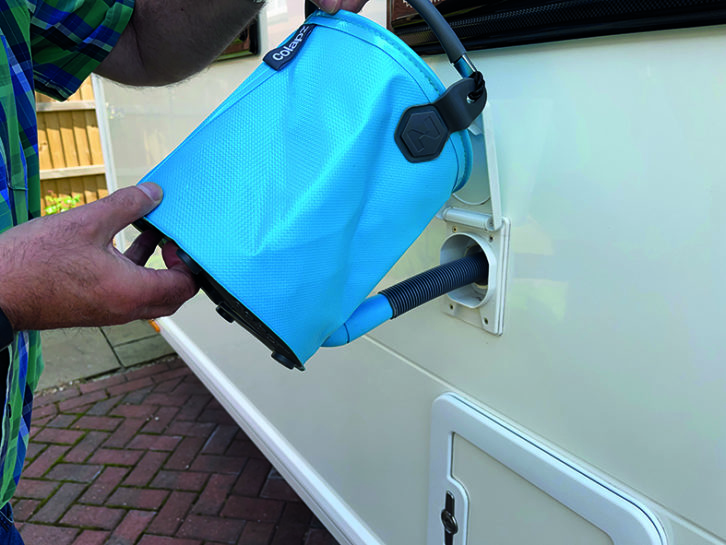
Dometic is another well-known brand, with products fitted in Lunar and Coachman caravans, among others.
While the firm’s instructions don’t stipulate anything about travelling with water in the flush tank, they do say: “The slider must be closed while driving, and no liquid should be above the slider.”
The slider is the part that opens into the cassette holding tank at the base of the toilet.
Drain the system
It’s recommended to empty the flushing system when the caravan isn’t in use. Otherwise algae – commonly known as ‘black bits’ – can form, which might block anti-syphon valves and the flush nozzle.
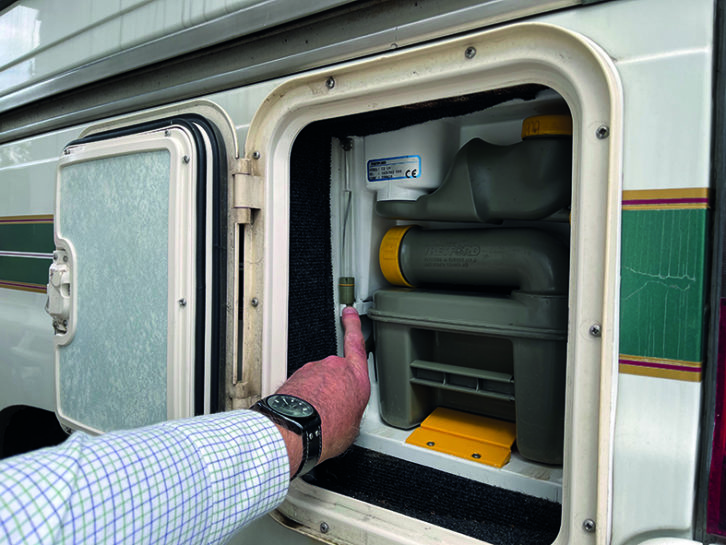
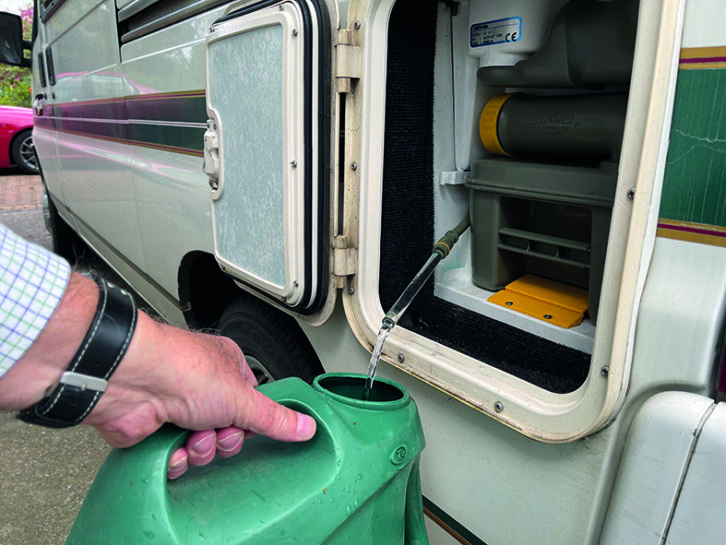
In Thetford products, there’s an external tube that unclips from the bung to be tilted down to drain. If you use additives, drain the fluid into a bucket and dispose of it properly.
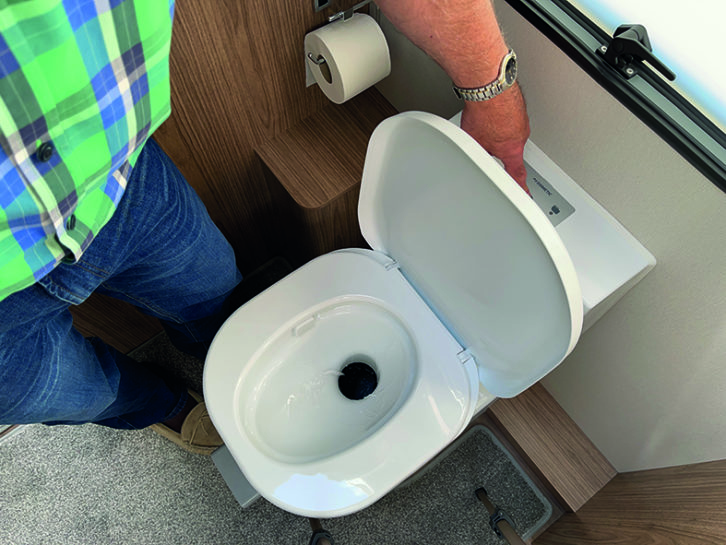
For Dometic models, keep the button pressed to flush the toilet until the tank is empty, allowing water down into the cassette, and then empty that in the normal manner.
If you liked this… READ THESE:
If you’ve enjoyed reading this article, why not get the latest news, reviews and features delivered direct to your door or inbox every month. Take advantage of our brilliant Practical Caravan magazine SUBSCRIBERS’ OFFER and SIGN UP TO OUR NEWSLETTER for regular weekly updates on all things caravan related.
Future Publishing Limited, the publisher of practicalcaravan.com, provides the information in this article in good faith and makes no representation as to its completeness or accuracy. Individuals carrying out the instructions do so at their own risk and must exercise their independent judgement in determining the appropriateness of the advice to their circumstances. Individuals should take appropriate safety precautions and be aware of the risk of electrocution when dealing with electrical products. To the fullest extent permitted by law, neither Future nor its employees or agents shall have any liability in connection with the use of this information. You should check that any van warranty will not be affected before proceeding with DIY projects.
I wouldn't recommend having the flush tank full for a journey, but a litre or so of water should be fine and will be enough for any emergencies
